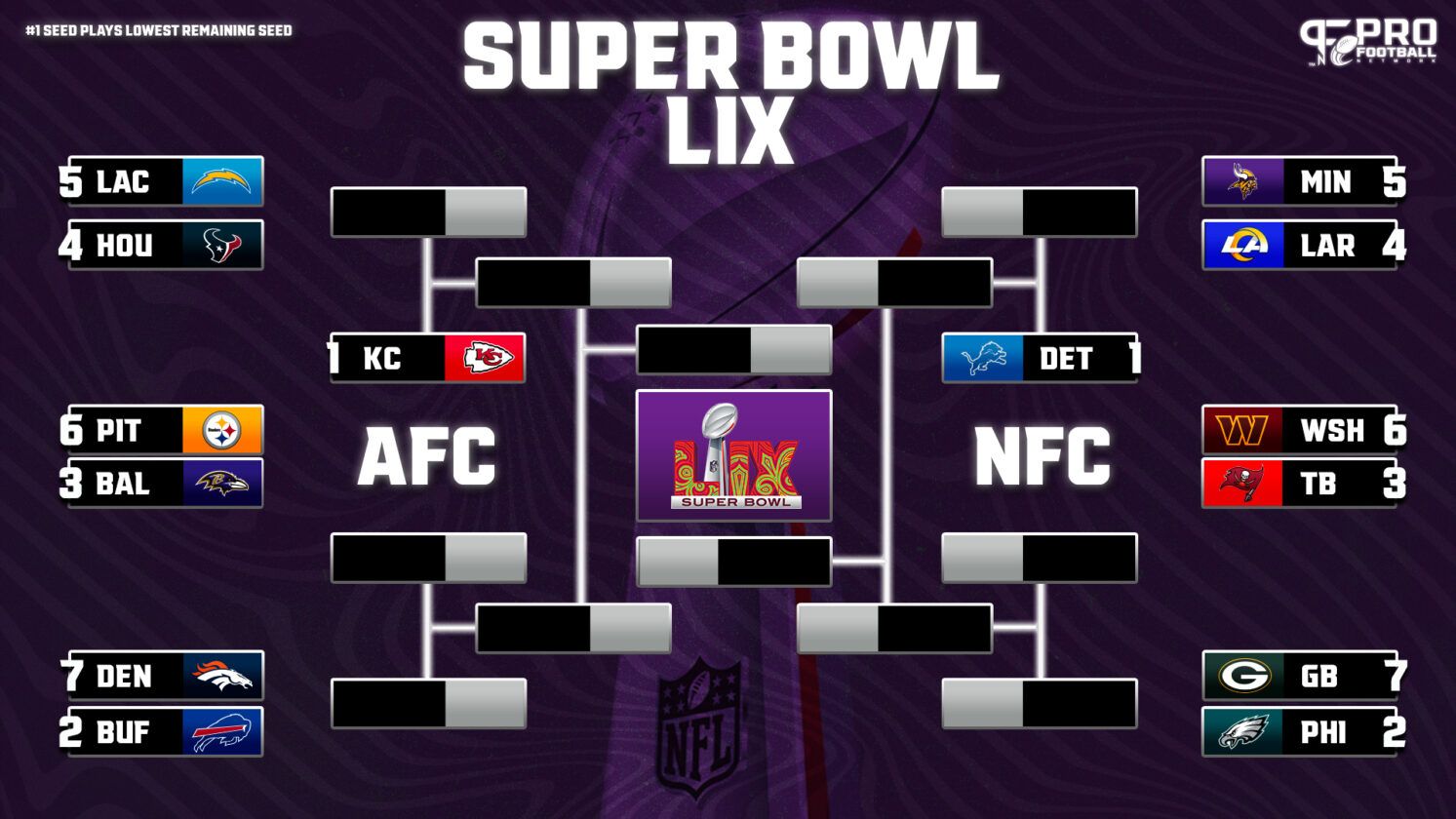
Navigating the World of Sports Brackets: A Comprehensive Guide
The thrill of competition, the agony of defeat, and the unpredictable nature of sports – these are the elements that captivate millions worldwide. But beyond simply watching the games, many fans actively engage by predicting outcomes, testing their knowledge, and adding another layer of excitement through sports brackets. Whether you’re a seasoned bracketologist or a newcomer eager to join the fun, understanding the intricacies of sports brackets is key to maximizing your enjoyment and, perhaps, even winning your pool. This comprehensive guide dives deep into the world of sports brackets, exploring their history, different formats, strategies for success, and the psychology behind their enduring popularity.
The History and Evolution of Sports Brackets
The concept of a tournament bracket, a visual representation of a single-elimination competition, has been around for centuries. However, the modern sports bracket, as we know it, gained significant traction with the rise of televised sports, particularly college basketball. While pinpointing the exact origin is difficult, the NCAA Men’s Division I Basketball Tournament, commonly known as March Madness, played a pivotal role in popularizing bracket competitions. The tournament’s format, featuring 68 teams battling it out over several weeks, lends itself perfectly to bracket-style predictions.
Early sports brackets were often filled out manually, using pen and paper. As technology advanced, online platforms emerged, simplifying the process and expanding the reach of bracket pools. Today, numerous websites and apps offer user-friendly interfaces, real-time updates, and social features that enhance the overall experience. The evolution of sports brackets mirrors the broader trend of increased fan engagement and the integration of technology into sports consumption.
Understanding Different Types of Sports Brackets
While the NCAA Tournament is the most well-known example, sports brackets are used across a wide variety of sports, each with its own nuances. Here’s a look at some common types:
- Single-Elimination Brackets: The most common format, where a team is eliminated after a single loss. This format is used in the NCAA Tournament, tennis tournaments, and many other competitions.
- Double-Elimination Brackets: A more forgiving format where teams have to lose twice to be eliminated. This is often used in baseball and wrestling tournaments.
- Consolation Brackets: These brackets provide an opportunity for teams that have lost in the main bracket to compete for a consolation prize or ranking.
- Round-Robin Brackets: In this format, each team plays every other team in the group. While not technically a bracket, it’s another way to structure a tournament.
The scoring system can also vary widely. Some pools award points for each correct pick, while others use a more complex system that rewards correctly predicting upsets or later-round games. Understanding the specific rules of your pool is crucial for developing a winning strategy. The complexity of the scoring system influences how you approach filling out your sports bracket.
Strategies for Filling Out a Winning Sports Bracket
Filling out a sports bracket is part art, part science. While luck certainly plays a role, there are several strategies you can employ to improve your chances of success:
Research and Analysis
The foundation of any successful sports bracket is thorough research. This includes analyzing team statistics, understanding their strengths and weaknesses, and considering factors such as injuries, travel schedules, and coaching matchups. Look beyond the surface-level data and delve into advanced metrics that provide deeper insights into team performance.
Understanding Seeding
Seeding plays a crucial role in determining a team’s path through the tournament. Higher-seeded teams are generally considered to be stronger and are more likely to advance. However, upsets are a common occurrence, and identifying potential upset candidates is a key element of bracket strategy. Pay attention to teams that are under-seeded or have a favorable matchup in the first round. Don’t be afraid to pick a few upsets, but avoid going overboard, as the top seeds usually advance further.
Considering Matchups
Even strong teams can struggle against certain opponents. Consider the specific matchups between teams and how their playing styles might clash. For example, a team that relies heavily on outside shooting might struggle against a team with strong perimeter defense. Analyzing matchups can help you identify potential upsets and make more informed picks.
Following Expert Opinions
There are countless sports analysts and bracketologists who dedicate their time to studying the tournament and providing expert opinions. While you shouldn’t blindly follow their advice, their insights can be valuable in informing your own decisions. Read articles, listen to podcasts, and watch analysis shows to gain a broader perspective on the tournament landscape.
Embracing the Chaos
Ultimately, March Madness is known for its unpredictability. Upsets happen, Cinderella stories emerge, and even the most carefully crafted brackets can be busted early on. Embrace the chaos and don’t be afraid to take some risks. After all, the fun of filling out a sports bracket lies in the anticipation and the thrill of the unknown.
The Psychology of Sports Brackets
The popularity of sports brackets extends beyond the simple desire to win money. They tap into several fundamental psychological principles:
- The Illusion of Control: Filling out a bracket gives fans a sense of control over the unpredictable world of sports. Even though they have no actual influence on the outcome of the games, the act of making predictions provides a sense of agency.
- Social Connection: Bracket pools are often organized among friends, family, or colleagues, fostering a sense of community and friendly competition. Sharing your bracket and discussing your picks with others enhances the social aspect of the experience.
- Cognitive Engagement: Filling out a bracket requires cognitive effort and strategic thinking. This mental stimulation can be enjoyable and rewarding, particularly for those who enjoy analyzing data and making predictions.
- The Thrill of Risk: The possibility of winning a prize, whether it’s money or bragging rights, adds an element of risk and excitement to the experience. Even if the stakes are low, the potential for reward can be highly motivating.
The Rise of Data Analytics in Sports Bracket Prediction
In recent years, data analytics has become increasingly prevalent in sports bracket prediction. Sophisticated algorithms and statistical models are used to analyze vast amounts of data, including team performance, player statistics, and historical tournament results. These models can provide valuable insights into team strengths and weaknesses, predict the likelihood of upsets, and identify optimal bracket strategies.
However, even the most advanced data analytics models are not foolproof. The unpredictable nature of sports means that unexpected events can always occur, rendering even the most carefully crafted predictions inaccurate. While data analytics can be a valuable tool, it should not be relied upon exclusively. Human intuition and understanding of the game still play a crucial role in successful bracket prediction. The best approach often involves combining data-driven insights with qualitative analysis and a healthy dose of skepticism.
The Future of Sports Brackets
The future of sports brackets is likely to be shaped by several factors, including technological advancements, changing fan preferences, and the increasing integration of data analytics. We can expect to see more sophisticated online platforms, personalized bracket recommendations, and enhanced social features. The rise of esports and other emerging sports may also lead to the creation of new types of bracket competitions. [See also: Esports Tournament Strategies] As technology continues to evolve, sports brackets will likely become even more engaging, interactive, and data-driven.
Tips for Running a Successful Sports Bracket Pool
If you’re planning to organize a sports bracket pool, here are a few tips to ensure its success:
- Set Clear Rules: Establish clear rules for scoring, deadlines, and prizes. Communicate these rules to all participants before the tournament begins.
- Use a Reliable Platform: Choose a reputable online platform that offers a user-friendly interface, real-time updates, and secure payment processing.
- Promote Participation: Encourage participation by sending out invitations, creating a social media campaign, and offering attractive prizes.
- Keep it Fun: Remember that the primary goal of a sports bracket pool is to have fun. Encourage friendly competition and celebrate the excitement of the tournament.
- Consider a Variety of Scoring Systems: Experiment with different scoring systems to keep things interesting and cater to different levels of expertise.
Conclusion: The Enduring Appeal of Sports Brackets
Sports brackets have become a ubiquitous part of the sports landscape, captivating fans of all ages and backgrounds. Their enduring appeal lies in their ability to combine the excitement of competition with the challenge of prediction, the social connection of shared experiences, and the thrill of potential reward. Whether you’re a seasoned bracketologist or a casual fan, filling out a sports bracket is a fun and engaging way to connect with your favorite sports and participate in the collective excitement of the tournament. As technology continues to evolve and data analytics becomes more sophisticated, the world of sports brackets is likely to become even more dynamic and engaging in the years to come. So, embrace the challenge, do your research, and prepare to experience the thrill of the sports bracket!
